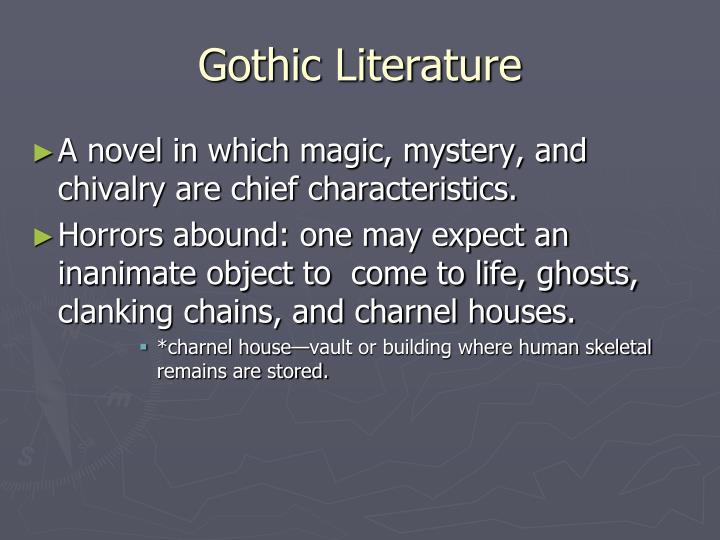

The growth of popular magazines increased the proliferation of supernatural tales, and "penny dreadfuls" provided the working class with serialized tales of the macabre, such as Varney the Vampire or, The Feast of Blood (1847), written by either Thomas Peckett Prest or James Malcolm Rymer. In contrast, nineteenth-century supernatural fiction often takes the form of the short story, which critics agree is better suited to achieving the effect of horror, and features more thoroughly developed characters and contemporary settings. The Gothic novel was characterized by intricate but often loosely constructed plots and subplots, stock characters such as the naive young woman and the lascivious male villain, and a medieval setting, such as a haunted, ruined castle. Such concerns precluded the single-minded focus and inventiveness of their successors in portraying weird and ghostly phenomena. Although Gothic novelists often included supernatural incidents in their works, they also pursued other concerns, particularly those related to eighteenth-century morals and manners. While belief in the supernatural served as the basis for the mythologies of early civilizations, and afterward remained an enduring aspect of world folklore, it was not until the nineteenth century that a substantial body of works evolved that focused upon the otherworldly as a source of horror.

Many critics have analyzed the connections between these subgenres and the Gothic tradition, as well as some of the most widely-discussed themes, figures, and settings found in Gothic literature and works in these various subgenres. Gothic literature has influenced and inspired several subgenres of literature, including the supernatural tale, the ghost story, horror fiction, and vampire literature. Gothic Themes, Settings, and Figures INTRODUCTION


 0 kommentar(er)
0 kommentar(er)
